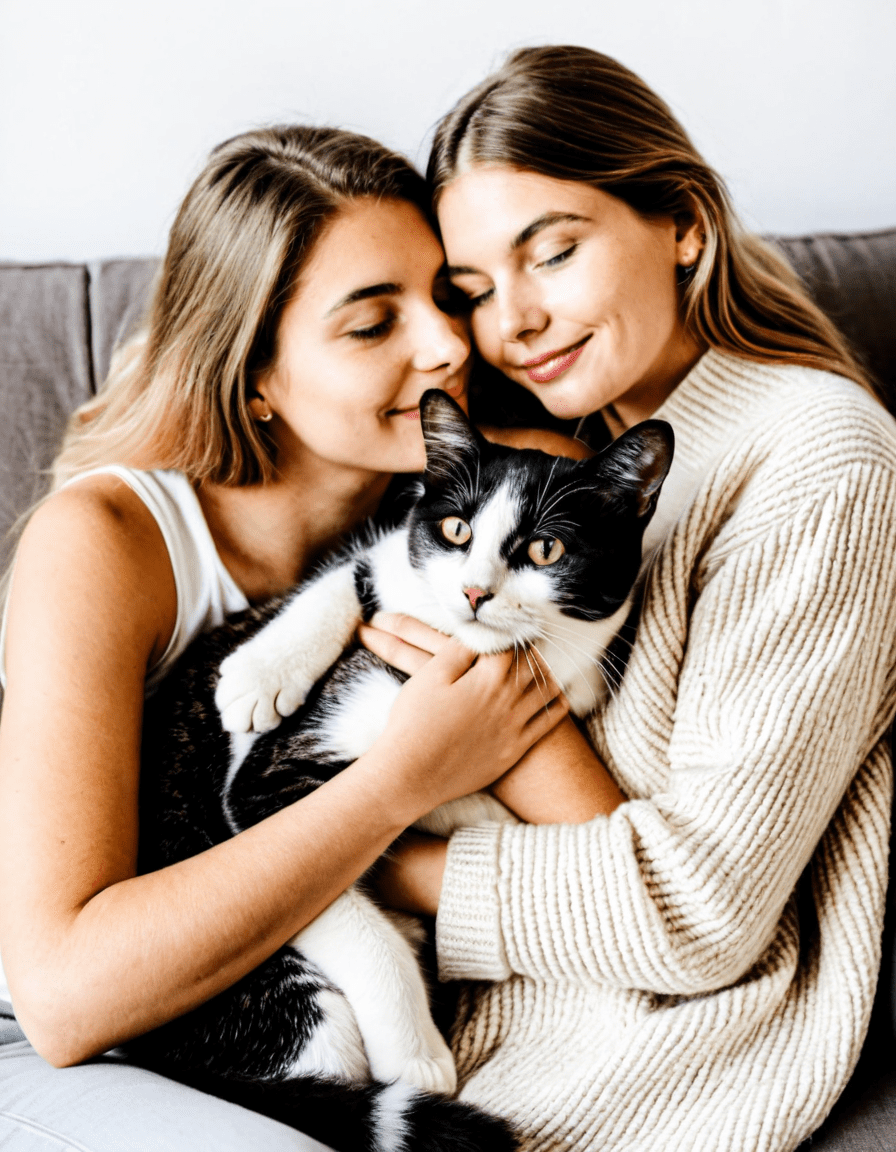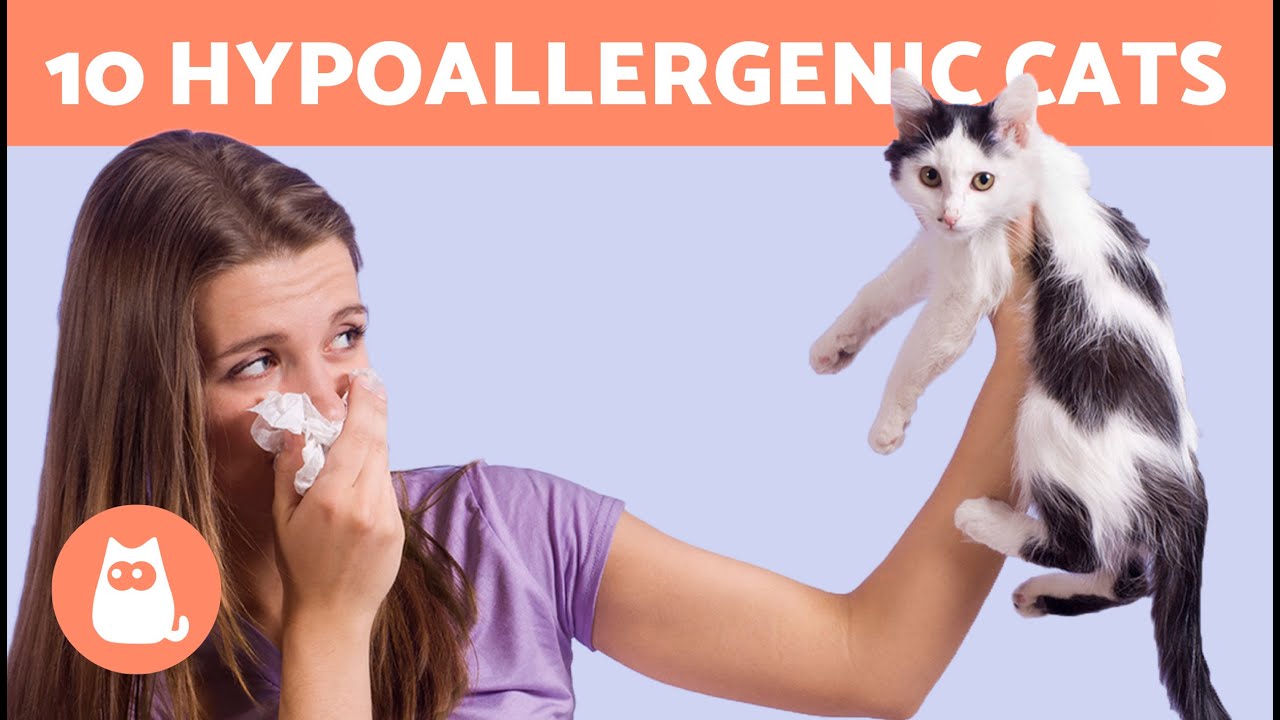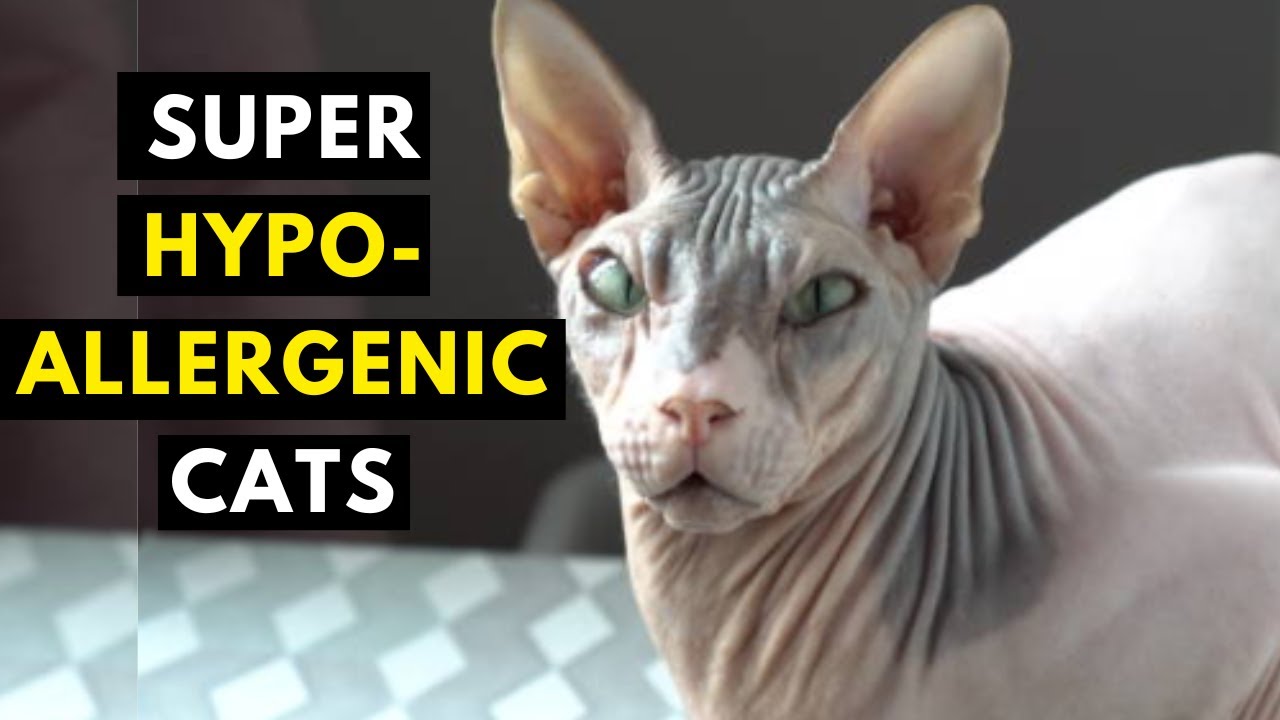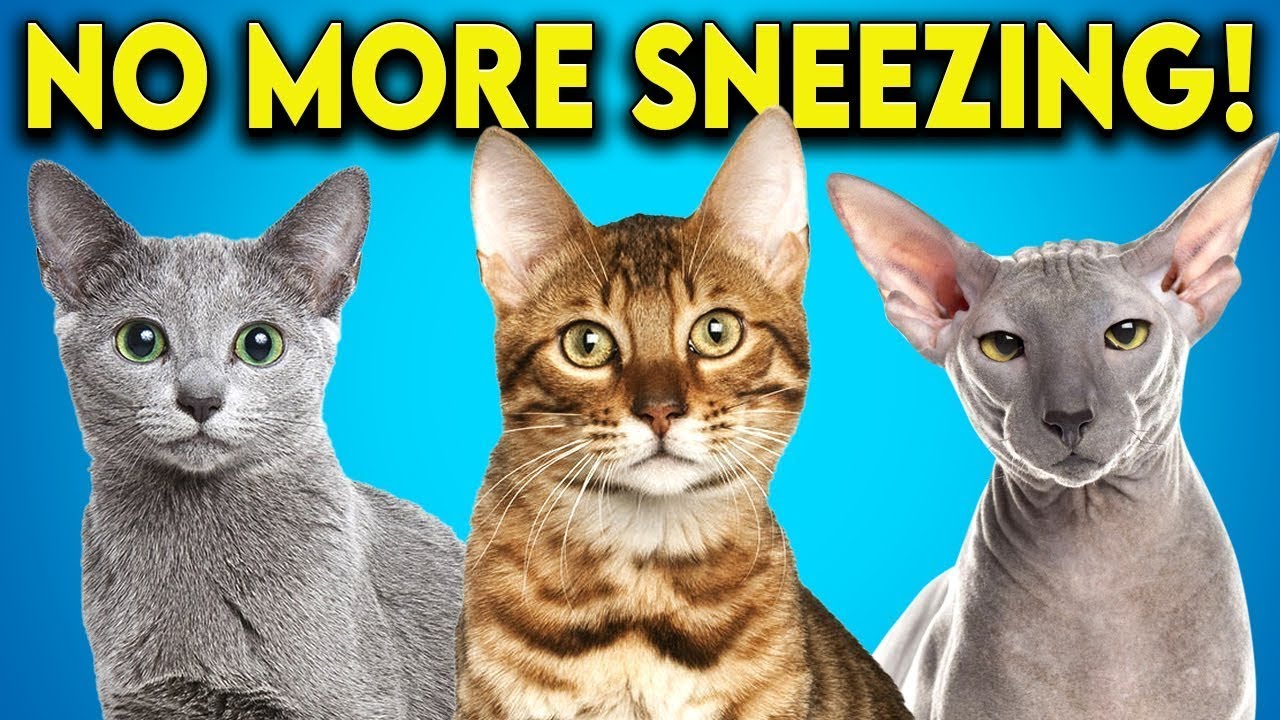For many cat lovers, the dream of owning a feline companion can be hindered by allergies. The existence of hypoallergenic cats offers a glimmer of hope to those grappling with sensitivities to these charming pets. But just how effective are these breeds at keeping allergies at bay? In this article, we’ll dive deep into what sets hypoallergenic cats apart and explore the reality behind their reputation.
Understanding Hypoallergenic Cats: What Makes Them Different?
Hypoallergenic cats aren’t completely allergen-free, but they tend to produce fewer allergens than typical cats. This difference largely comes down to a protein called Fel d 1, notorious for igniting allergic reactions in sensitive individuals. Almost all cats, regardless of breed, produce some amount of this protein, but levels can vary significantly.
Certain breeds, like the Siamese and Balinese, are often highlighted as better options for allergy sufferers due to their lower Fel d 1 production. Research shows that these breeds generate less of the allergenic protein, potentially providing a safer haven for those affected. However, it’s essential to remember that individual reactions to cats can differ widely, making it crucial to choose the right breed after considering personal allergy sensitivities.
In addition to Fel d 1, allergens also come from cat saliva, urine, and skin, meaning that even the most hypoallergenic cats can still produce allergens. Regular grooming, cleaning, and creating an allergen-reduced environment can significantly help mitigate reactions.
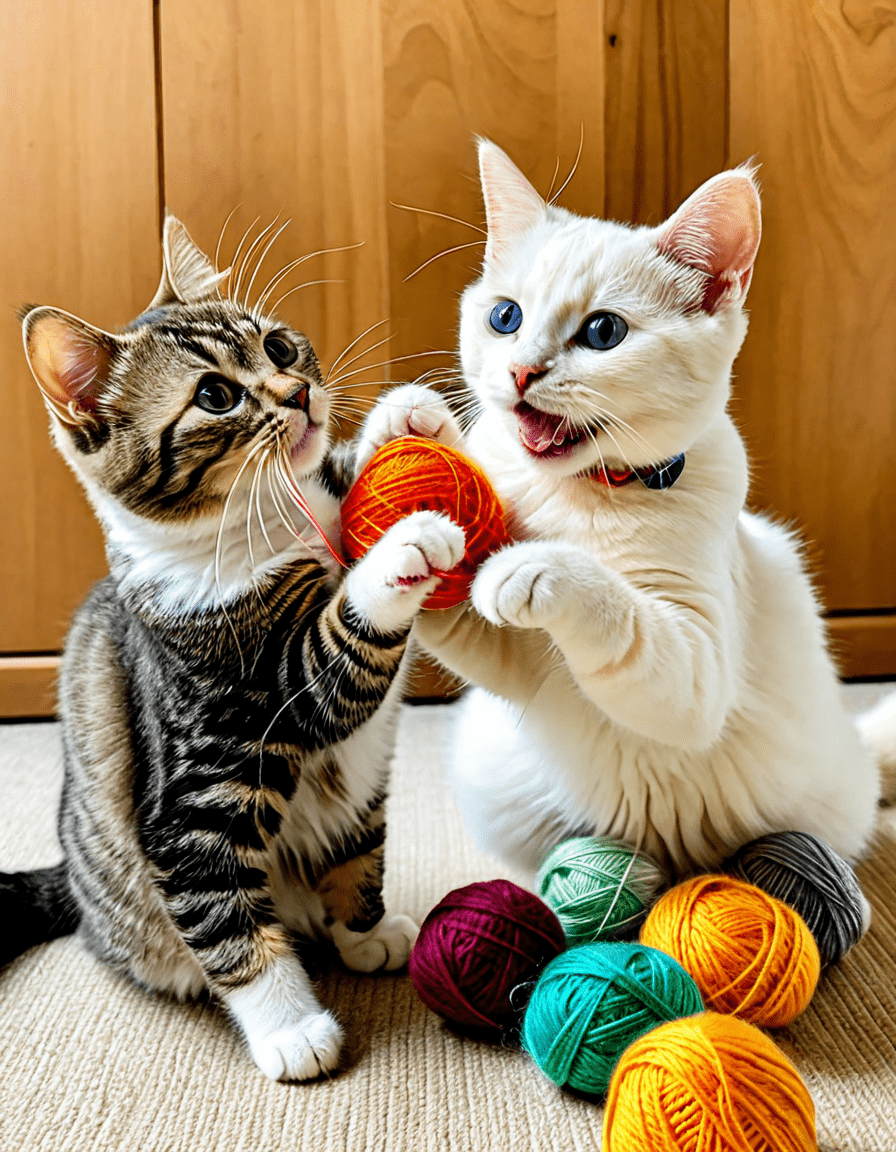
Top 5 Hypoallergenic Cat Breeds: What You Need to Know
When thinking about bringing a cat into your home, considering the right breed can make all the difference. Here are five popular hypoallergenic cats known for their tolerable qualities:
1. Siberian
Known for their majestic look, Siberians surprisingly produce less Fel d 1 than many other breeds. These stunning cats have thick coats that might raise an eyebrow for allergy sufferers, but regular grooming can reduce allergenic dander and fur significantly.
2. Balinese
Often dubbed the “long-haired Siamese,” Balinese cats are a perfect mix of beauty and playfulness. They produce lower levels of allergens and have an affectionate nature that endears them to many. These spirited cats can bring joy to allergy sufferers, making them charming companions.
3. Bengal
Not only do Bengals boast striking spots and a playful demeanor, but they are also a good option for those with allergies. Thanks to their grooming habits, they shed less fur and dander, contributing to a more comfortable living environment for sensitive individuals.
4. Devon Rex
Devon Rex cats are all the rage for their quirky, curly coats. Their lack of thick fur reduces the amount of dander they spread, and their playful, affectionate personalities make them a delight for pet owners, especially those worried about allergies.
5. Sphynx
Sphynx cats hold a special place in the hypoallergenic category due to their complete lack of fur. This characteristic drastically reduces the spread of allergens in the home. Their love for human interaction often wins over those who thought they couldn’t have a cat due to allergies.
Myths vs. Facts: Debunking Misconceptions About Hypoallergenic Cats
Despite their charm, several myths surround hypoallergenic cats that need unraveling. A common misconception is that these breeds are entirely allergen-free. While they produce fewer allergens, reactive individuals can still experience allergy symptoms.
Another myth is that all members of a hypoallergenic breed are safe for every allergy sufferer. Each cat can produce different levels of allergens, just like each human’s sensitivity varies. It’s crucial for potential cat owners to spend time with a specific breed before making any commitments.
Lastly, many believe that simply owning a hypoallergenic breed will eliminate allergy issues. In reality, environmental factors, such as dust and pollen, can complicate matters, reaffirming the need for diligent cleaning routines.
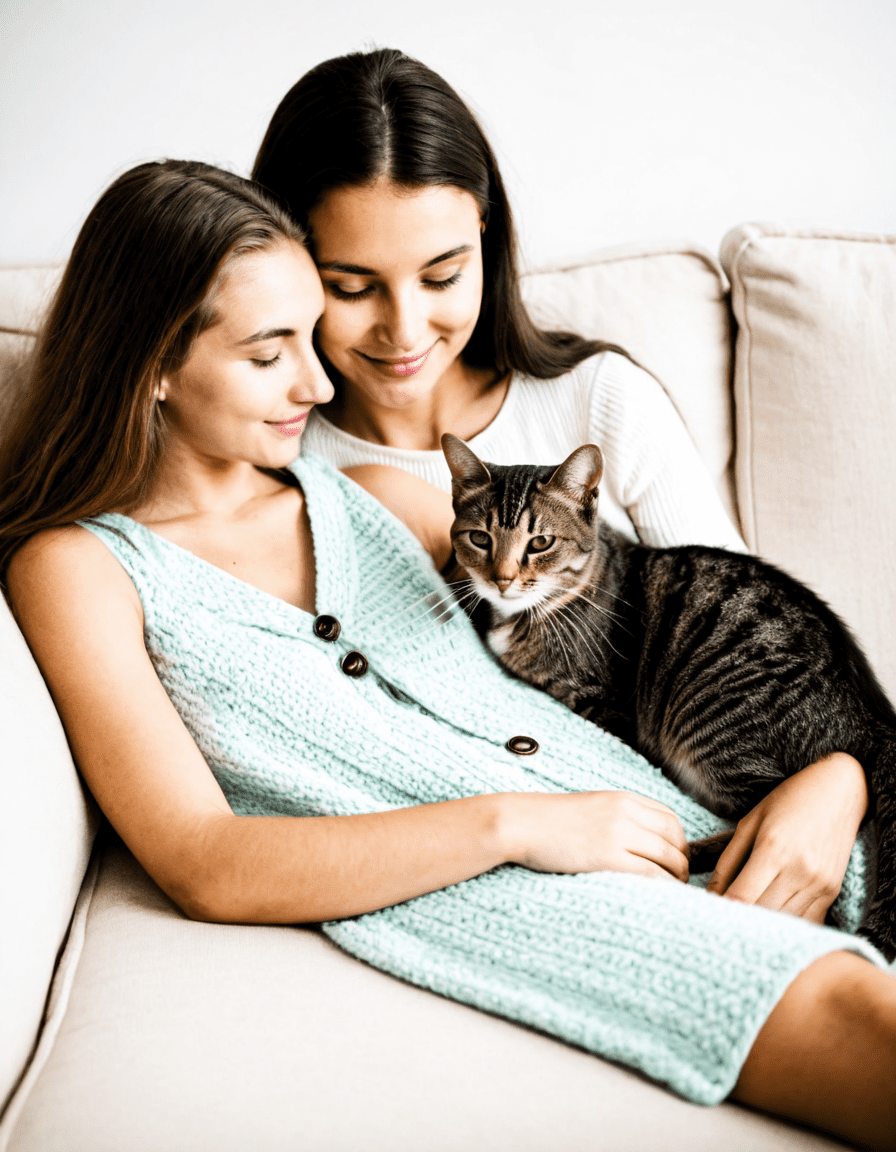
How to Minimize Allergens in Your Home with Hypoallergenic Cats
With hypoallergenic cats, managing allergens is essential. Implementing effective strategies can foster a comfortable living space. Here are some practical tips:
Creating an allergen-friendly environment significantly lessens allergic reactions, allowing many to enjoy life with their feline friends.
Personal Perspectives: Experiences of Allergy Sufferers with Hypoallergenic Cats
Understanding the experiences of real people often illuminates the complexity of pet ownership for allergy sufferers. Take Mary, for instance. A long-time allergy sufferer, she hesitated before adopting a Balinese cat. After bringing home “Milo,” she found joy in their playful companionship, citing “a remarkable reduction in my classic allergy symptoms.”
Conversely, Tom’s experience with a Devon Rex reminded him that not all stories are smooth. After adopting his cat, he encountered unexpected reactions and learned he needed to adapt his living space with more rigorous cleaning methods. Sharing tales like these lays bare the ups and downs of welcoming a hypoallergenic cat into a home.
Making the Right Choice: Factors to Consider Before Getting a Hypoallergenic Cat
Selecting a pet is a significant endeavor particularly as an allergy sufferer. Here are some factors to mull over before adopting:
Consulting with professionals like veterinarians and allergists can shed light on specific needs and help ensure a healthy pet-owner match.
A Balanced Approach to Allergy-Friendly Feline Companionship
Finding a hypoallergenic cat can provide hope for those with allergies wishing to experience the joy of pet companionship. However, it’s crucial to set realistic expectations. While these breeds may help mitigate allergic reactions, responses to allergens can differ greatly among individuals.
Educating oneself about allergens, exploring various breeds, and carefully maintaining the living environment will help create a positive experience for potential cat owners. By understanding the nuances and embracing a comprehensive approach, allergy sufferers can enjoy the warmth and affection that cats bring into our lives without compromising their health.
For more information on pet care and allergy management, check out guides like The kitchen or FAQs about dining at places like Carrabba ‘s menu. Whether it’s discovering the best sports equipment at Dunham ‘s Sports or following stories like David Strathairn ‘s film journey, knowledge can foster better living with our furry (or hairless) companions.
Hypoallergenic Cats: Do They Really Exist?
Understanding Hypoallergenic Cats
When people think of hypoallergenic cats, they often wonder how these furry friends could help with allergies. While no cat is completely allergen-free, certain breeds like the Siberian or Balinese are known to produce fewer allergens, thanks to their unique fur and skin properties. Did you know that Arnold Schwarzenegger follows a strict workout routine known as the Arnold Split to stay in shape? Just like bodybuilders tailor their workouts to specific outcomes, hypoallergenic cats are bred to lessen allergy triggers, making them ideal for sensitive owners.
Fun Facts About Allergies and Cats
Interestingly, a cat’s saliva carries much of the allergy-causing protein, Fel d 1. When cats groom themselves, this protein gets spread onto their fur. So, while hypoallergenic cats might produce less of it, they still aren’t a foolproof solution. In fact, people often compare the love for their pets to the deep emotional connections seen in shows like 2 And a Half Men, where quirky relationships resonate with laughter and warmth. It’s this bond that leads many cat lovers to embrace even the most sneeze-inducing whiskered companions.
Trivia on Popular Culture and Hypoallergenic Cats
You might also be surprised to find that some celebrities claim hypoallergenic cats as their pets! Just like Jake Gyllenhaal balances tough roles in movies with a laid-back vibe in his personal life, many people find solace in the companionship of these special felines. Plus, various global cultures, such as in Singapore, recognize the diverse ways English and other languages mix—just like how the need for hypoallergenic pets mixes with the desire for companionship. So, while no cat can guarantee a stuffy-nose-free existence, the right breed can certainly help balance the scales!
